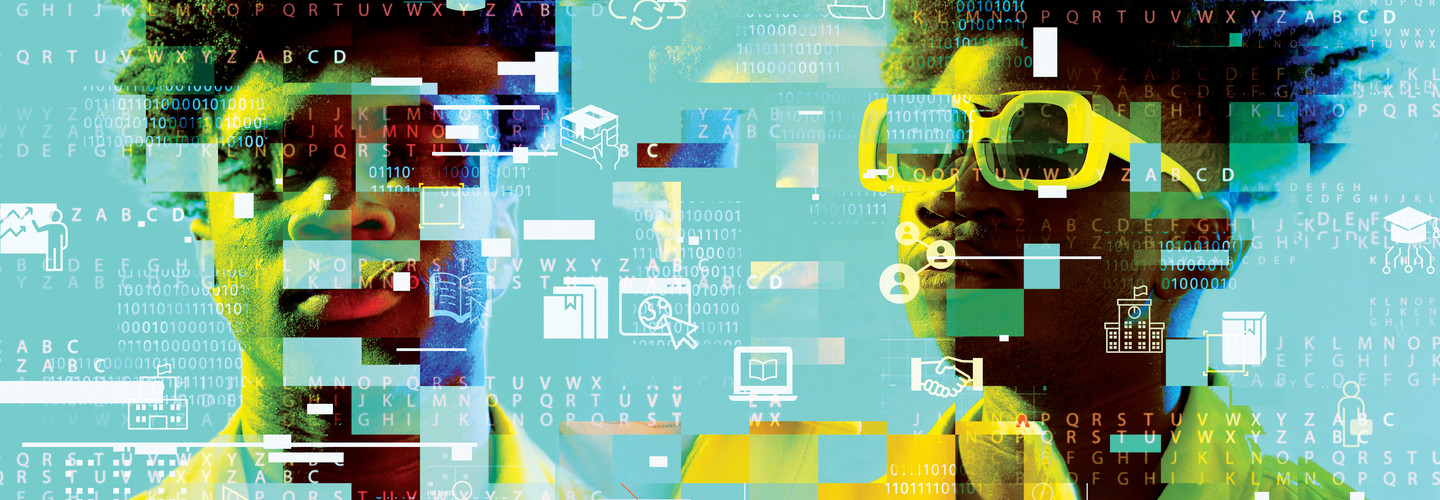Meanwhile, JU was trying to determine how to break down data silos and aggregate the resulting deluge of metrics into a meaningful, actionable format. Moreover, how could they democratize that data, ensuring its usefulness for everyone? To accomplish that, JU turned to Power BI from Microsoft.
While business intelligence software and customer relationship management platforms have long been staples on the corporate landscape, they are not yet ubiquitous in higher education. Even so, colleges and universities present a unique need for the data reconciliation and visualization these products offer.
With frequently siloed organizational structures, higher education institutions are particularly susceptible to data overload. A single university might boast multiple analytics platforms spread across schools and colleges.
“We had eight, nine, 10 different systems that were all best-of-breed products in their verticals, but we didn’t have a way to bring their data together,” Miller recalls. “We knew there were a lot of insights essentially being ignored or left behind because we weren’t looking at that data cohesively.”
With Power BI, Miller says, JU could aggregate analytics across platforms to provide faculty and staff with customizable, user-friendly dashboards.
“The biggest thing we wanted to do was figure out how to get more out of all of this data that we had,” explains Miller, now associate vice president for continuous improvement and institutional performance at Embry-Riddle Aeronautical University in Daytona, Fla. “We wanted to be able to democratize the data and help staff and faculty feel invested in it.”
RELATED: Can technology help community colleges avoid the enrollment cliff?
Data-Driven Solutions Can Flag At-Risk Students
Like FIU, the University of Baltimore has also embraced a data-driven predictive approach to student success, says Kathea Smith, assistant dean for enrollment, academic affairs and student services, who championed UB’s adoption of Salesforce for tracking and engaging students across the academic lifecycle.
“What we got from it was a way for advisers to see exactly where their students stand from an academic perspective and all the various red flags that exist,” Smith says.
That kind of predictive, proactive approach is one of the biggest improvements that learning management systems and student lifecycle management platforms have enabled for higher education, says Matthew Hagerty, a director and partner development executive at EAB, an education consulting firm.
“If a student isn’t logging in to the LMS, that’s a pretty big red flag that they might struggle during the term,” Hagerty adds. “We’re at a point now where we can see those flags at week one so that we can begin targeted interventions for those students early on.”
#Colleges #Leverage #Data #Retain #Students #Enrollment #Cliff #Looms










